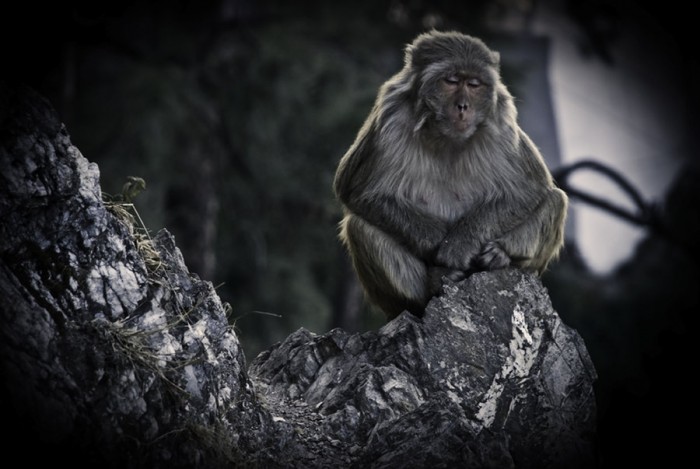
Adyashanti True Meditation is a nifty little book (under 90 pages) and an audio recording of two guided meditations.
Before I get into the details of the book, let me first throw out just a few of the reasons why I fucking love this guy:
- Adyashanti is a white dude that grew up in the US suburbs.
Of course, this can be seen by many spiritual aspirants as a negative; after all, he didn’t come from the mystical mountain caves of Tibet or a reclusive ashram in India.
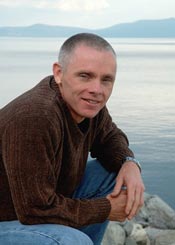
This isn’t to say that I haven’t gleamed many words of wisdom from Swamis and Gurus from the East. However, I’ve personally found that it helps to have a guide with a somewhat similar background to myself.
- Adyashanti dove head first into his search for enlightenment; while admittedly not having any real concept of the state he was seeking.
When I was sixteen, I put this bumper sticker on my first car:
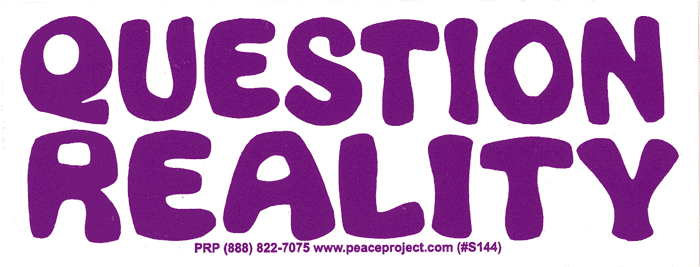
To be honest, 90% of reason I did it was to be a smart ass. I did a lot of things for that reason; still do, actually. On the other hand, 10% of me knew that something wasn’t quite what it seemed to be. When Adya speaks about his teenage years and his subtle suspiciousness of reality, it rings true for me.
- Adyashanti professes that Awaking is self-validating, and urges seekers to never abdicate their authority to a teaching or individual teacher.
He encourages people to seek Truth, the bare naked Truth, actually. Any dogmatic approach will eventually miss the mark, as it is imperative that each person come into their Awakening experience in their own way and time.
- Adyashanti is an Enlightenment non-elitist.
He goes as far as to say that “Awakening” is not rare. As a matter of fact, once he began teaching he was shocked to find out that all kinds of different people awaken all the time.Many of these people were on different paths, and some on no “spiritual” path at all.Anyone can awaken at any time. Usually, this takes dedication, but sometimes it doesn’t. We can awaken spontaneously, and the degree to which such insights hold within us varies greatly among individuals and circumstances.
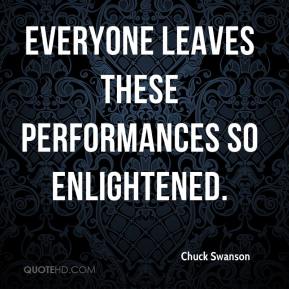
- Adyashanti True Meditation technique is non-elitist.
He doesn’t give a fuck if you slump!
 Or if you keep your eyes open or closed. Or if you breath out of one particular nostril. How dare he make proclamations so contrary to the vast majority of dogmatic practices? His calm response is that he’s seen many people awaken while not following any of the above standard protocols.
Or if you keep your eyes open or closed. Or if you breath out of one particular nostril. How dare he make proclamations so contrary to the vast majority of dogmatic practices? His calm response is that he’s seen many people awaken while not following any of the above standard protocols.
I could go on, but let’s get to the Adyashanti True Meditation book and guided meditations.
Adyashanti True Meditation
This wasn’t the first Adya book that I read; as a matter of fact, I think is was the third or fourth. In his other books and audios, he describes the style of meditation and inquiry that he found leads to a more natural state of Awakening and Truth.
However, I was never totally clear on how to practice what he was suggesting.
It was a relief to find True Meditation book and CD, as it seems as though I wasn’t the only person who felt that a bit more specific direction would be helpful. Tami Simon, a publisher for Sounds True, actually interviewed Adya on this very topic, immediately following a retreat she attended. He then conducted a couple of satangs (teaching groups) aimed at clarifying these principles and techniques.
As it turns out, the guidelines for Adyashanti True Meditation are actually as simple as they sound (but far from easy, at least initially). There are two primary principles:
Part 1: Allow Everything To Be As It Is
Adya states that the most important element of True Meditation is to RELAX.
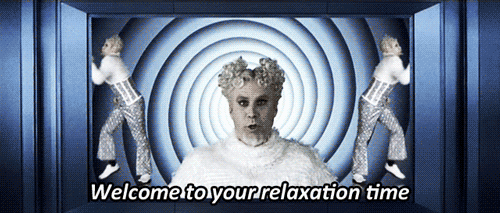
This means that you can position yourself in whatever way you want; no rules about lotus position, doggy-style or what have you.
Equally as important is to let go of all control and manipulation of your experience. This includes ANY of the standard instructions such as following the breath or repeating a mantra, and truly any aspirations of having a “good or bad” experience.
“True Meditation has no direction, goals or method. All methods aim at achieving a certain state of mind. All states are limited, impermanent, and conditioned. Fascination with states leads only to bondage and dependency. True Meditation is abidance as primordial consciousness.”
Adya doesn’t discount his years of Zen training, or any meditation method which is focused on technique or “manipulation” methods. Rather, he simply points out where they can never take you – your natural and spontaneous state of being.
Adya suggests that we seek to explore instead of achieve in our meditations, and just see what happens. What happens when we let go of all effort and striving? What happens when we allow the meditator to relinquish its center space within awareness?
And what might happen if we were to explore this outside of our meditation practice… like in life. That’s right; simply allowing everything to be as it is.
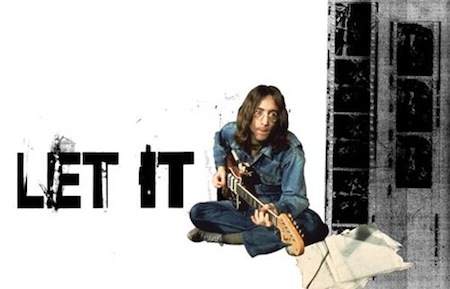
It sounds kinda interesting and a bit scary, eh?
Fuck it, give it a shot.
Part 2: Meditative Self-Inquiry
The second element of Adyashanti True Meditation is introducing a powerful question into our natural state of awareness.
The key here is to focus on your experience with the question, not your thoughts about it. And to realize that these questions are not ones that actually get answered in the traditional sense. Rather, these questions focus our attention, our awareness, in a particular direction.
The ultimate question is “Who am I Really?”

Because of the complexity and layers of conditioning that come with such a question, Adya prefers to approach it from the back door (again, a man after my own heart). To do so, he deconstructs each element of what we might believe ourselves to be, and then shows that we are NOT those elements.
These elements include our thoughts, feelings, beliefs, personality, etc. Many people identify with these elements and take them to be core components of what/who they are.
Adya uses a straight-forward formula to awaken people to the experience that they are NOT any of these elements.
Let’s take personality as an example.
Everyone has a personality, even after they are awakened. Each of us as human incarnations has a unique way in which the spirit expresses itself.
However, we also have an awareness of our personality. We are aware of the traits and style in which our personality operates. Because we have such awareness, personality cannot be what we truly are, but rather something that simply exists within our awareness.
The origin of the word personality is persona, from ancient greek theater meaning a mask that actors would wear. They would put on the mask and play the role, take it off and return to their own persona. However, neither one is necessarily more authentic than the other.
Many people have become so entrenched in their persona, and have lost any recognition of who or what they are. The mask has become their prison.

This same formula can be applied to your thoughts, feelings, and beliefs. Your awareness predisposes each of these, and is a more intimate companion.
Awareness is indeed our True Nature.
Awareness is the True Nature of everyone and everything.
We can experience the truth of this for ourselves at any moment. And when we choose to do so, the experience of “We Are All One” so dwarfs our previous intellectual understanding of the concept, that we are forever changed.
Visit the Adyashanti Website HERE
Hairy Yogurt Das
